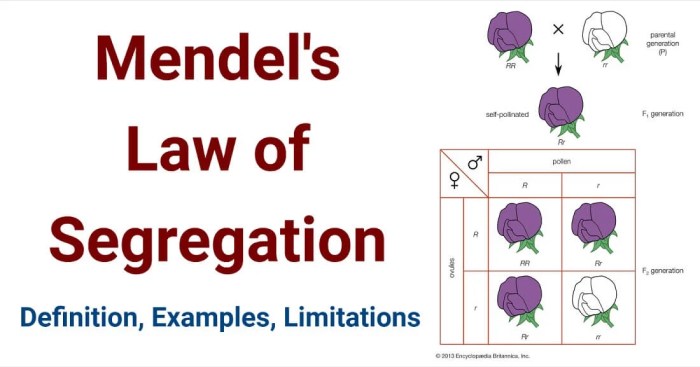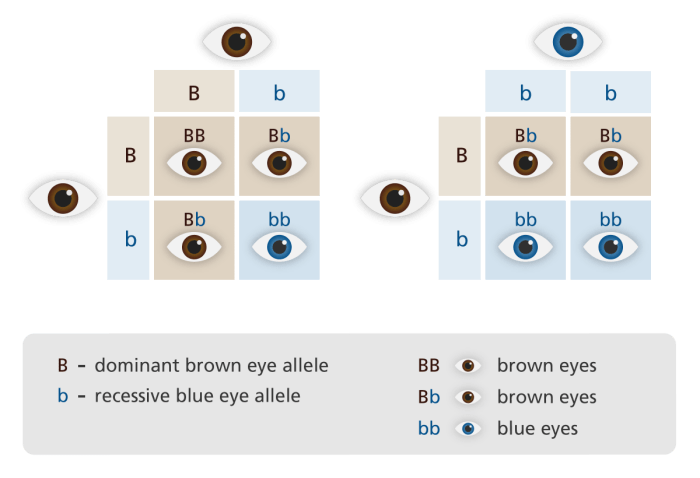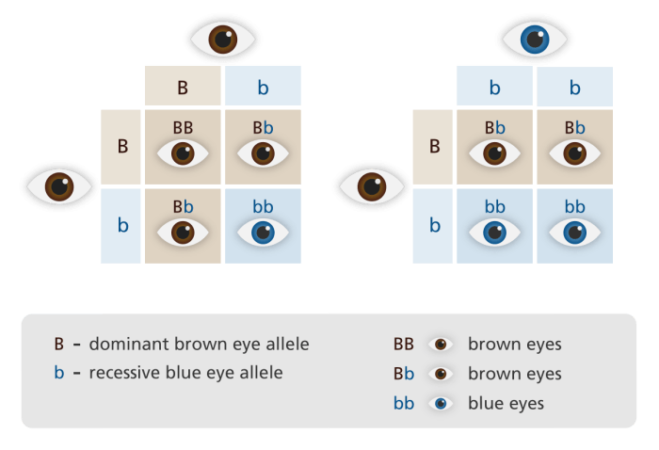
What is Mendel’s Law of Segregation? This fundamental principle of genetics, discovered by Gregor Mendel, is the cornerstone of our understanding of inheritance. It explains how traits are passed from parents to offspring, revealing the intricate mechanisms that shape the diversity of life. Mendel’s groundbreaking experiments with pea plants, meticulously observing the inheritance of various traits, led to the formulation of this pivotal law. Through his work, we learned that each individual carries two copies of each gene, known as alleles, and during the formation of gametes, these alleles separate, ensuring that each offspring inherits one allele from each parent. This process of segregation, crucial for genetic variation, is the basis of Mendel’s Law of Segregation.
The Law of Segregation, elegantly demonstrated through Punnett squares, reveals the probability of inheriting specific traits. It explains why siblings can share some characteristics but also display differences. The concept of alleles, their separation during meiosis, and the resulting offspring genotypes and phenotypes are all interconnected elements that contribute to the fascinating tapestry of inheritance. Mendel’s Law of Segregation has profound implications for our understanding of human genetics, plant and animal breeding, and even the evolution of species.
Illustrating the Law of Segregation

The Law of Segregation states that during gamete formation, the two alleles for a trait separate, and each gamete receives only one allele. This means that the offspring inherits one allele from each parent. To illustrate this law, we can use a Punnett square, which is a diagram used to predict the possible genotypes and phenotypes of offspring.
A Punnett Square Demonstration
A Punnett square is a useful tool for visualizing the Law of Segregation. Let’s consider a trait with two alleles, one dominant (represented by ‘A’) and one recessive (represented by ‘a’). We’ll examine a cross between two heterozygous parents, each carrying one dominant and one recessive allele (Aa).
| A | a | |
|---|---|---|
| A | AA | Aa |
| a | Aa | aa |
This Punnett square shows all the possible combinations of alleles that the offspring can inherit. The resulting genotypes are:
* AA: Homozygous dominant
* Aa: Heterozygous
* aa: Homozygous recessive
The phenotypes resulting from these genotypes depend on the dominance relationship between the alleles. If ‘A’ is dominant over ‘a’, the offspring with genotypes AA and Aa will express the dominant phenotype, while only the offspring with genotype aa will express the recessive phenotype.
Possible Combinations of Alleles
To further illustrate the Law of Segregation, we can create a table to organize the possible combinations of alleles for a trait with two alleles:
| Parent 1 Allele | Parent 2 Allele | Offspring Genotype |
|---|---|---|
| A | A | AA |
| A | a | Aa |
| a | A | Aa |
| a | a | aa |
Expected Phenotypic Ratios, What is mendel’s law of segregation
Based on the table above, we can determine the expected phenotypic ratios of the offspring. If we assume that the dominant allele ‘A’ results in a dominant phenotype and the recessive allele ‘a’ results in a recessive phenotype, we can expect the following phenotypic ratio:
* 3:1 This ratio means that for every three offspring expressing the dominant phenotype, there will be one offspring expressing the recessive phenotype.
This expected phenotypic ratio demonstrates the Law of Segregation, as it shows that the alleles for a trait separate during gamete formation, leading to a predictable pattern of inheritance in the offspring.
Wrap-Up

Mendel’s Law of Segregation, a testament to the power of observation and experimentation, continues to be a cornerstone of modern genetics. Its implications extend far beyond the garden pea, influencing our understanding of inheritance across the biological spectrum. From predicting offspring traits to developing new crop varieties and understanding the genetic basis of diseases, Mendel’s Law of Segregation remains a vital tool for unraveling the complexities of life. Its enduring legacy lies in its ability to illuminate the fundamental principles that govern the transmission of traits from generation to generation, ensuring the continuation of life’s remarkable diversity.
FAQs: What Is Mendel’s Law Of Segregation
How does Mendel’s Law of Segregation apply to human traits?
Mendel’s Law of Segregation applies to all sexually reproducing organisms, including humans. For example, eye color is determined by multiple genes, but each gene follows the principle of segregation, meaning that a child inherits one allele from their mother and one from their father.
What are some examples of traits that are influenced by Mendel’s Law of Segregation?
Many traits, such as hair color, height, and certain diseases, are influenced by Mendel’s Law of Segregation. These traits are often determined by multiple genes, but each gene’s alleles segregate independently during gamete formation.
How does Mendel’s Law of Segregation relate to genetic disorders?
Mendel’s Law of Segregation helps us understand how genetic disorders are passed down through families. Some disorders are caused by recessive alleles, meaning that an individual must inherit two copies of the allele to exhibit the disorder. The law explains how a parent who carries a recessive allele for a disorder can pass it on to their offspring, even if they do not have the disorder themselves.





